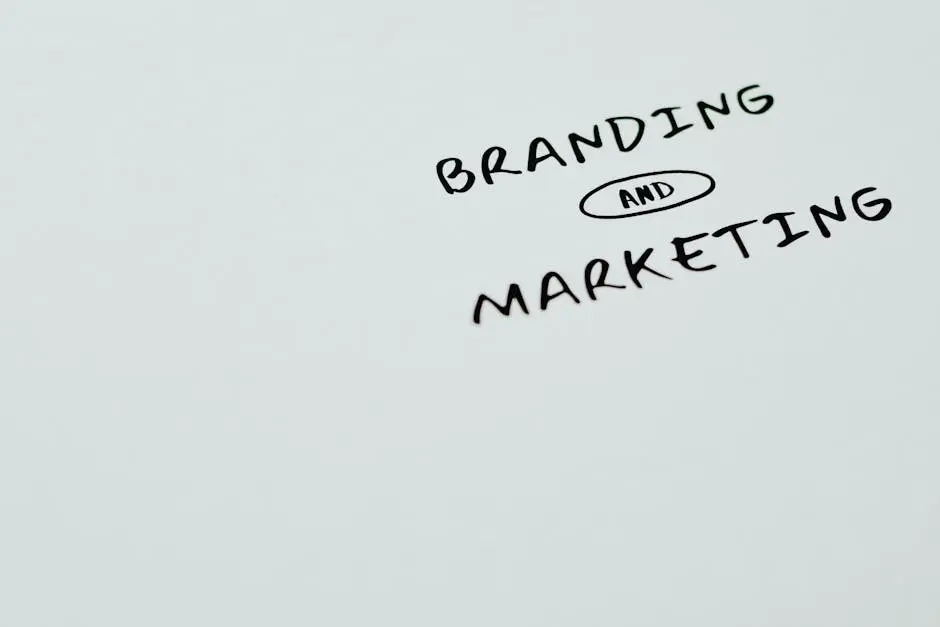What Is the Role of Graphic Design in Digital Marketing?
Graphic design plays a crucial role in digital marketing, influencing how brands communicate and connect with their audience. In this blog, we will explore the various ways in which graphic design contributes to effective digital marketing strategies.
Understanding Graphic Design and Its Elements
Graphic design encompasses various elements like colors, typography, and layout that work together to convey a message effectively.
At its core, graphic design translates ideas and concepts into visual representations. This visual language is essential in a digital world where attention spans are short and competition is high.
Moreover, understanding the psychology of colors can enhance the effectiveness of marketing materials. For instance, blue invokes trust, while red can inspire urgency, guiding customers toward taking action.
In addition, the arrangement of elements affects readability and user engagement. A well-structured design ensures that the audience can navigate information seamlessly.
Building Brand Identity Through Design
Consistent graphic design helps establish a strong brand identity, making a business easily recognizable across digital platforms.
Every element, from logo to color scheme, contributes to how a brand is perceived. This cohesive design narrative fosters trust and loyalty among consumers.
Furthermore, unique designs rally customers around a brand’s story. When people see familiar visuals, they are more likely to remember and engage with the brand.
Ultimately, successful brands leverage graphic design not just as a decorative tool, but as a critical component of their marketing strategy that resonates with their audience.
Enhancing User Experience in Digital Marketing
Effective graphic design improves user experience, guiding visitors through websites and content with engaging visuals.
For instance, intuitive layouts allow users to find the information they need without frustration. Clear navigation makes it easier for potential customers to explore offerings.
In today’s fast-paced online environment, a visually appealing site will capture interest faster than text-heavy content. Users are more likely to stay and explore when visuals tell a compelling story.
Additionally, responsive design ensures that graphics look great on all devices, crucial as more consumers shop and access information on mobile.
Increasing Engagement Through Visual Content
High-quality graphics and appealing design can significantly increase user engagement on social media and websites.
Visual content often sees higher shares, likes, and comments than text alone. Infographics, videos, and striking images are particularly effective in capturing attention.
Moreover, storytelling through visuals can deliver a brand’s message in a relatable and easy-to-digest format, making it more likely to resonate with the audience.
It’s also worth noting that visuals can highlight essential information and convey emotional messages that written content may struggle to express.
Driving Conversions with Effective Design
Strategically designed calls-to-action and landing pages can lead to higher conversion rates in digital marketing campaigns.
For example, an eye-catching button that stands out against a website’s color scheme can significantly increase the likelihood that users will click on it.
Moreover, using images that evoke emotion or showcase a product in action can persuade visitors not just to explore but to make a purchase.
In conclusion, effective graphic design creates a smooth, visually appealing user journey, guiding customers from initial interest to final conversion.
Wrapping Up the Importance of Graphic Design in Digital Marketing
In essence, graphic design is not just about aesthetics; it serves as a fundamental element of digital marketing. By crafting visually appealing and strategically designed content, businesses can enhance their brand identity, engage customers, and drive conversions.










